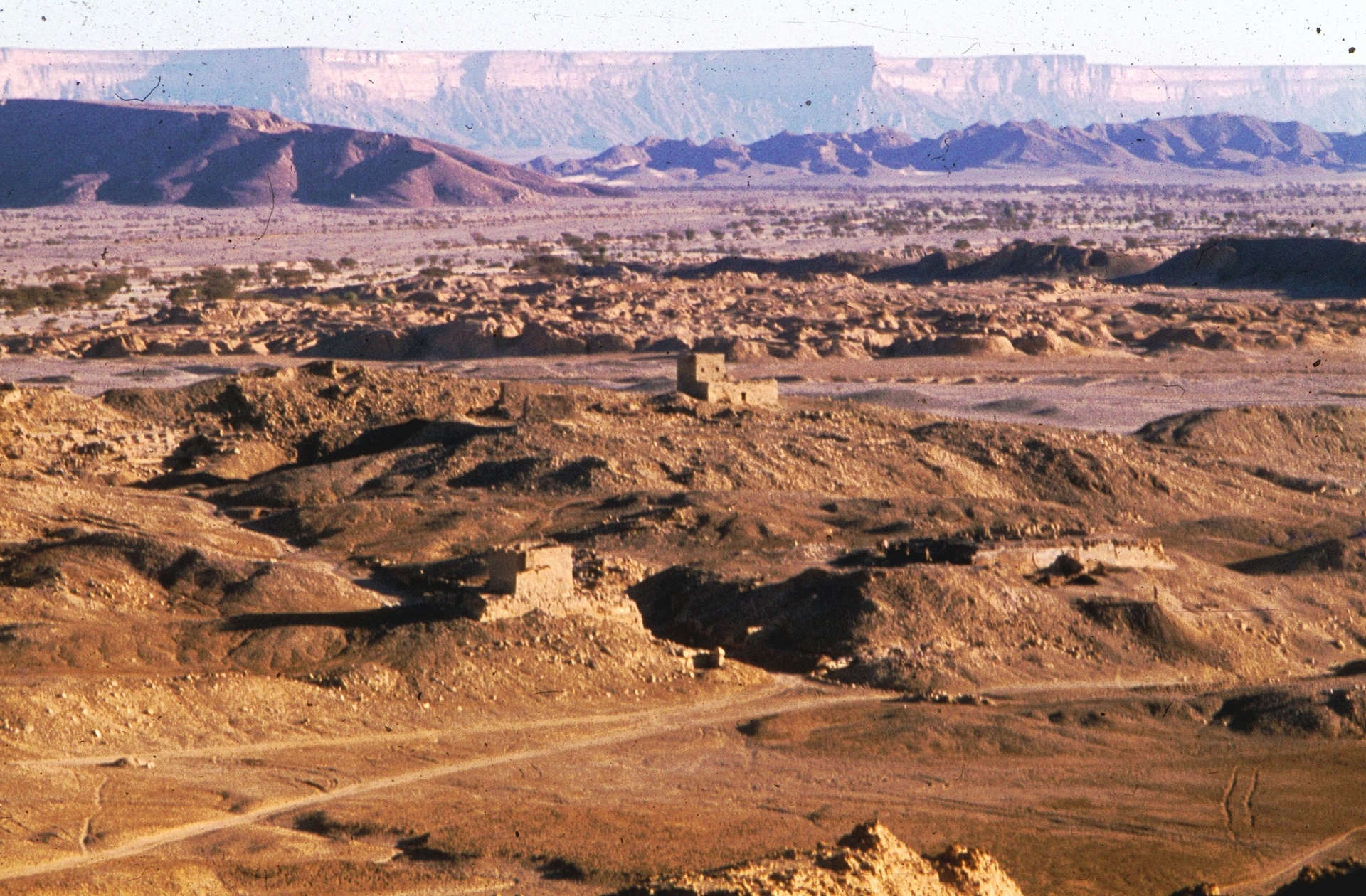Shabwah: ancient capital of Hadramawt
Shabwah was the ancient capital of the kingdom of Hadramawt – a region in Eastern Yemen – from the first millennium BC to the 5th century AD.

Understood in its narrowest sense, Hadramawt refers to the valley that lies parallel to the southern coast of Arabia at 47° to 50° East longitude, between the steep highland cliffs, and in its broader sense, the whole catchment area that runs all the way to the Indian Ocean.
Shabwah dominated the whole area for more than a millennium, and at one point its writ ran as far as Zufâr (now the Sultanate of Oman). The city stands on the western flank of the plateau (lat. 15°22’ N and long. 47°01’) at an altitude of 700 m, close to the Ramlat as-Sab’atayn desert.
History of the city
The city emerged in the middle of the wâdî ‘Irma in a vast triangle of hills formed by an outcrop of rock salt. On the side of the southern ridge, an initial settlement was founded in the second millennium, which gradually occupied a trapezium fortified from the middle of the first millennium BCE. It was also at this time that Shabwa became the capital of Hadramawt and organised, to its advantage, a trade network in herbs and spices, incense and myrrh towards the Eastern Mediterranean.
Classical sources, from the 1st century onwards, speak of a prosperous city with many temples, one of which is devoted to the deity Siyân. In reality, they are houses with several stories that attest to the wealth of local merchant families and landowners. A city of this size could not have survived without the creation of an oasis covering an area of more than 1,500 hectares, maintained for several centuries. The city declined both as a result of the abandonment of its irrigation system – for technical reasons – and the taking of the region by the Himyarites.
Research into the site
First explored in 1936 by Harry St. John Bridger Philby, the city was briefly excavated by a contingent of British soldiers in 1942, under the direction of Major R.A.B. Hamilton. Southern Yemen was a British protectorate at the time. The wars of independence between the two Yemens, north and south, made further investigation impossible until the mid-1970s. In 1975, a French mission finally resumed excavations, which continued – almost unbroken – until 2000.



